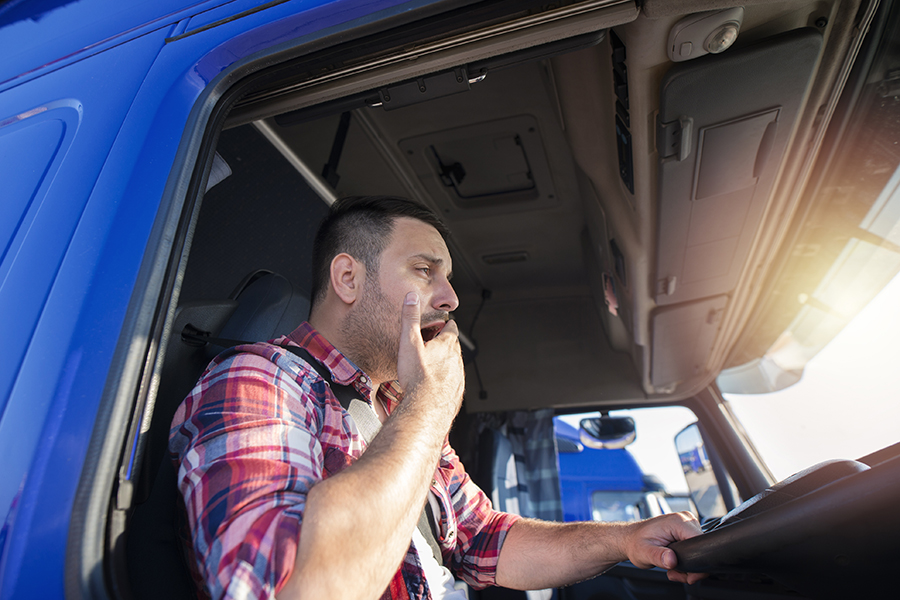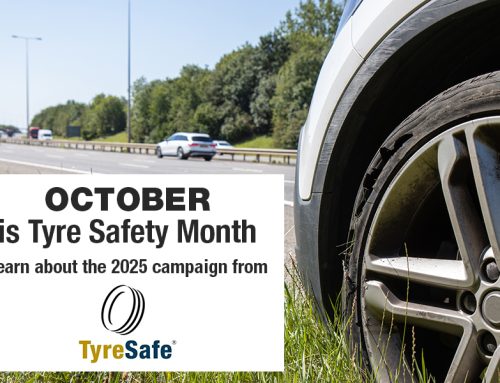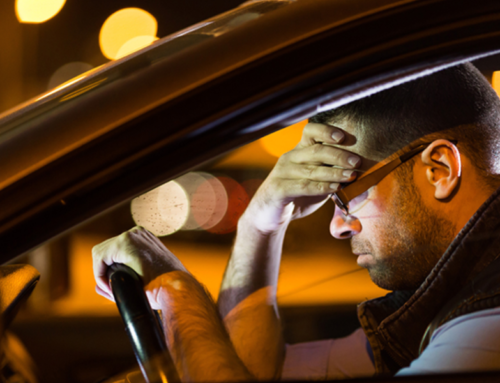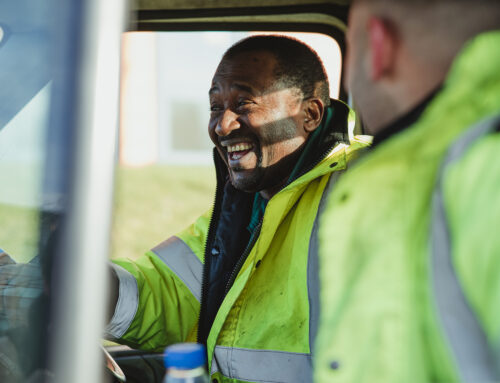Fitness to drive covers many aspects of well-being including lone working, mental and physical health and driver focus. We talk to Solera Fleet Solutions about how in-vehicle video-based safety systems can help identify potential fitness to drive related issues and keep drivers and other road users safer.
In-vehicle video for driver safety
Most fleet operators are aware of the benefits of video-based solutions to help resolve incidents and protect against fraudulent claims, yet fewer think about the benefits of video for monitoring a driver’s fitness to drive when they are behind the wheel. Solera Fleet Solutions believes that safety systems should optimise the driver’s safety in every sense, improving their driving performance, and also as an aid to monitor otherwise invisible causes of collision, such as driver fatigue or distraction.
By way of example, Solera’s video solutions capture exception footage inside and outside the vehicle cab, in order to analyse risky driving behaviours and provide coaching insights to fleet managers.
“The most immediate way to protect a driver’s well-being is to ensure that they eliminate risky behaviours which will increase their likelihood of collision. Collision isn’t just a physical risk – it can also have profound effects on a driver’s mental and emotional state,” says Solera Fleet Solutions director of commercial fleet safety, Penny Brooks.
Brooks says that cameras can protect drivers from risks outside the vehicle too, and it’s important that drivers can activate camera systems themselves, even if the vehicle is not in motion.
“Many fleet drivers work alone, and often in remote or insecure sites. Camera systems can give them a measure of security, both as a deterrent to threat and to ensure that there is a record of where they are in case of an accident external to the vehicle.”
Physical fitness to drive
Physical fitness to drive is essential – but sometimes neither drivers nor operators are aware of an impending medical problem. On one memorable occasion Solera’s video system enabled a driver to signal that he was suffering chest pain – which was in fact a cardiac arrest – and the team was able to mobilise emergency services to his exact location, potentially saving his life.
In another example, exception-based footage generated by a normally exemplary driver, over a period of a few days, showed clear evidence of fatigue, which presents a significant risk when driving. The fleet manager sat down with the driver and it emerged in discussion that he was suffering from lack of sleep due to the recent birth of his first child. The fleet manager, in agreement with the driver, was able to make adaptions to the driver’s shift pattern and working hours to help accommodate this, retaining this excellent employee and helping to restore his vitality and alertness behind the wheel.
AI – keeping drivers safe?
As artificial intelligence (AI) has evolved, along with computer vision technologies (CV), the potential for cameras to help keep the driver safe has grown exponentially. Solera Protect uses Edge AI, for example, which gives instant feedback to drivers, warning them of a risky manoeuvre in time to prevent it.
AI can also help to monitor drivers’ facial patterns, noting direction of gaze and blink count in order to warn them of inattention or fatigue.
“In the moment, such alerts can be life-saving,” says Brooks. “However, employers should always follow up on such incidents. An incident of fatigue may suggest that a shift pattern, or a sleep or health condition, needs to be addressed. As with all technology solutions, fleet managers must act on the information they receive from the system for optimal results.”
Ultimately ensuring driver well-being means assessing and mitigating all risks to the driver, including their own performance, focus, and physical state. Camera technologies can act as an extra pair of eyes and assistance for the driver, a protective shield against external threats such as theft or aggression, and a psychological protection against false claims. Crucially they also help to ensure an employer’s duty of care.
“We have many different solutions, ranging from high level risk analysis to self-install driver aids, and the market as a whole has many more. In many ways, the more sophisticated the technology becomes, the easier and more immediate its use is,” Brooks says.
Using in vehicle video to improve safety
Video-based safety can:
- Help protect drivers from the public hostility or accusations
- Lower the stress of driving
- Reduce collision likelihood
- Monitor fatigue or inattention
- Help protect lone drivers in unsecure parking spots, or remote sites






